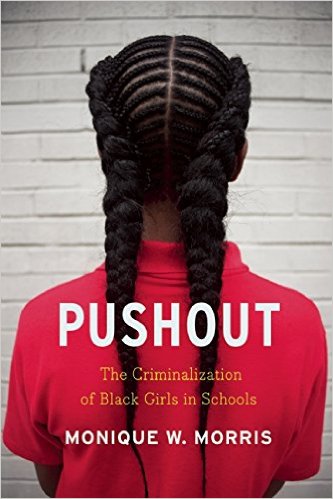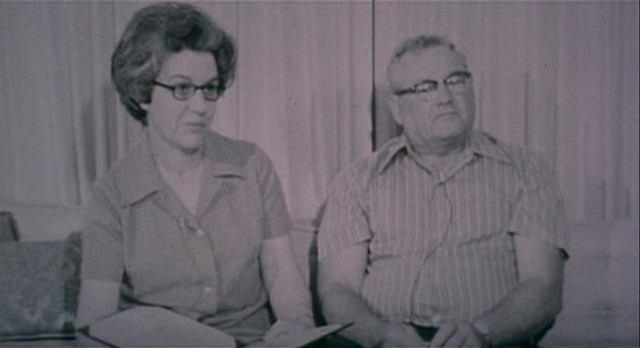
Income inequality is a hot topic this election, and the Panama Papers have added fuel to the fire. Indeed, it seems that there’s no end to the data that shows the discrepancy between the 1% and the rest of us. What will it to start seeking solutions to extreme income disparities?
New research by TSP contributor Kevin Leicht of Urbana Champaign (available in an article in The Sociological Quarterly) points us in the right direction. As he explains in an interview with The Atlantic’s Gillian B. White, the way social scientists and others conceptualize inequality is too tied to trying to increase diversity at the top rather than studying the economy as a whole. Furthermore, while we’ve been very interested in inequality by race, we don’t do enough to consider gender inequalities, particularly as they exist within racial groups. The popular narrative is that hard work can jettison anyone to the top, but research like Leicht’s shows how outdated this notion is.
To read more of Leicht’s work, see his TSP papers, “Has Borrowing Replaced Earning?”, “Economic Decline and the American Dream,” and “Old Narratives and New Realities,” or check out our volume on the new sociology of debt, Owned.









